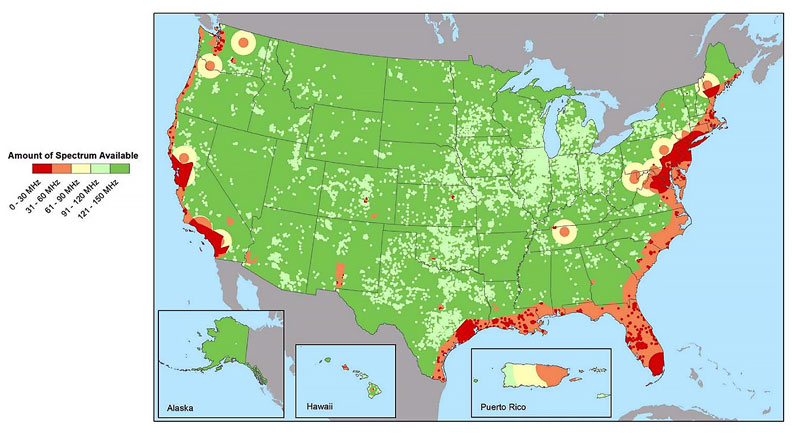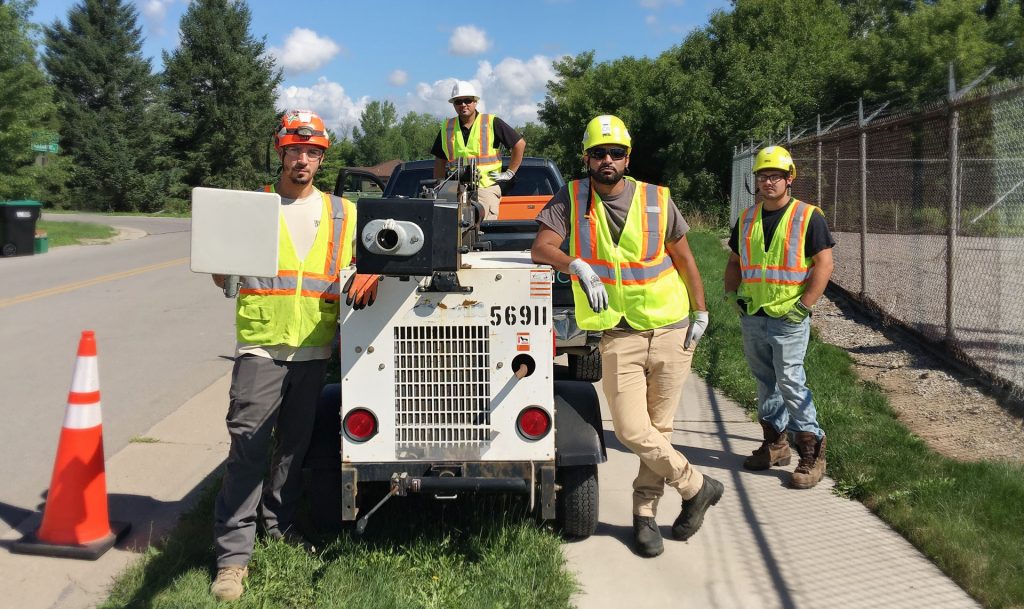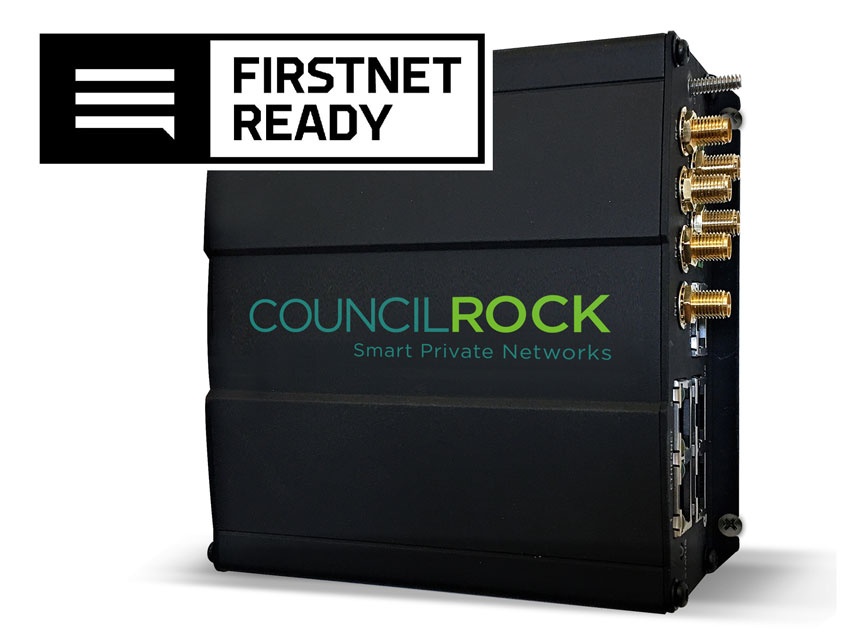We asked the team at Council Rock to share their insights about the most significant developments of 2020 in the wireless infrastructure industry and what trend, product, or service will impact the industry most in 2021?
Standards-based technologies and LTE

David Rodriguez
David is responsible for company strategy & execution, organizational development, and customer satisfaction. David has 3 decades of experience in business executive roles with multinational corporations including GE, Eastman Kodak, and others.
For critical infrastructure, it has become clear that standards-based technologies, in particular, LTE hold the most promise. Standards provide an advantage to vendors and customers allowing for faster development in wireless technology. CBRS and Band 8 (Anterix) private spectrum have recently become available signaling new opportunities for equipment and deployment.
I believe the development and deployment of technologies based on LTE will continue to accelerate. 2021 will see data analytics become increasingly more prevalent in network deployments as powerful computing and higher bandwidth technologies allow for better, real-time analytics. You will see technology companies, including Council Rock, develop offerings in the form of apps, easily deployable, and bringing advanced capabilities such as key metrics monitoring and fault-tolerant data collection to Critical Infrastructure.
“We are developing apps such as VISTA, an out-of-the-box IoT cloud platform that enables rapid development, management, and scaling of IoT projects.“
CBRS: The new way to allocate wireless spectrum

Jeff Haynes
Jeff is a professional RF Planning engineer with more than 15 years of experience with wireless network planning via propagation simulation, GIS software, cartography, and technical writing for companies such as GE, and Microwave Data Systems.
CBRS (Citizens Broadband Radio Service) came online in 2020 after years of work, and the auction for Priority Access Licenses (PALs) was successfully held. CBRS is the most technically ambitious Federal licensing plan ever attempted. It made available the greatest number of spectrum licenses ever in a single FCC auction.
I expect to see more CBRS-ready devices come to market as utilities begin using the CBRS spectrum to roll out their private networks. The CBRS-ready devices will be used to provide superior services to subscribers, to remotely control & manage infrastructure & facilities, and to mitigate service disruption or upgrades.

LTE will bring a fast and secure broadband solution to your organization

Fernando Chavez
Fernando is a Wireless Systems Engineer and our Field Services team leader. He has expertise in RF technologies (broadband and narrowband), routing & switching, network security, and network management systems solutions.
The emergence of private LTE was the most significant development in technology to come out of 2020. The adoption of the new CBRS rules where the FCC authorized full use of the CBRS band for wireless service provider commercialization without the restrictions, was a key turning point. Wireless carriers using CBRS are now able to deploy private LTE mobile networks without having to necessarily acquire spectrum licenses. Furthermore, the finalization of the rules for Band 8 (Anterix) allows wireless users to have yet another band to deploy private LTE on.
At Council Rock, we’ve been aware for quite some time of the benefits and advantages that private LTE can bring to organizations looking for a fast and secure broadband solution. The uncertainty around some of the spectrum available due to ongoing regulatory changes was hindering growth and industry-wide adoption of the technology. Now that the rules are set, I think the progressive development of the private LTE infrastructure will have a huge impact on the wireless industry. Our field services team is ready to help you connect your industrial assets and simplify your IoT initiatives.

5G investment and the private sector

Todd Owen
Todd is our VP of Sales and is responsible for all aspects of sales, marketing, customer engagement, and service. He has spent several decades in industrial automation with GE, Black & Veatch, S&C Electric, and Motorola.
I think one of the interesting trends has been that while 5G investment continues to accelerate and be heavily promoted by the public carriers it actually contracted a bit in the private sector. The market saw a shift in funding originally earmarked for 5G redirected back into supporting existing networks to increase capacity and bandwidth to meet the unexpected higher remote workplace and remote education connectivity demand brought about by Covid. This trend should continue the rest of this year and well into the first half of 2021. If all goes well we all hope to see Covid come under control next summer. Expect to see the investment pendulum swing back to making rapid 5G improvements in the private sector in the second half of 2021 as companies embrace remote monitoring capabilities.
Burgeoning Industries
Online meeting platforms
Cybersecurity
Worker health and safety
Online teaching
E-learning resources and classes
Online fitness
Entertainment streaming services
Online supermarket deliveries
Remote medical services
Eco-friendly technologies
Access to 150MHz of spectrum

Manuel Ochoa
Manuel is our VP of Engineering and is responsible for our Engineering Services and Systems Integration business. Manuel holds an undergraduate degree in Physics, an MBA from the Simon School at the University of Rochester, and a Masters's in Electrical Engineering from RIT.
Manuel explains CBRS in detail here for Smart Grids, Smart Cities, Digital Oil Fields, and Smart Campuses interested in exploring private network deployments.

NR-Lite defined on 3gpp rel 17 brings foundational improvements

Jairo Hernandez
Jairo is an experienced Research and Development Engineer with a history of working in the telecommunications industry. He holds a Master of Science (MS) in Electrical, Electronics, and Communications Engineering from Rochester Institute of Technology.
To meet the increasing spectrum capacity demands of a wide range of industries, including utilities, this proposed Report and Order would transform the 900 MHz band (896-901/935-940 MHz) to make available six megahertz of low-band spectrum for broadband services and technologies.

Stay up to date
Join our mailing list for twice-monthly updates about industry news, products, and services utilizing the latest LTE technology.